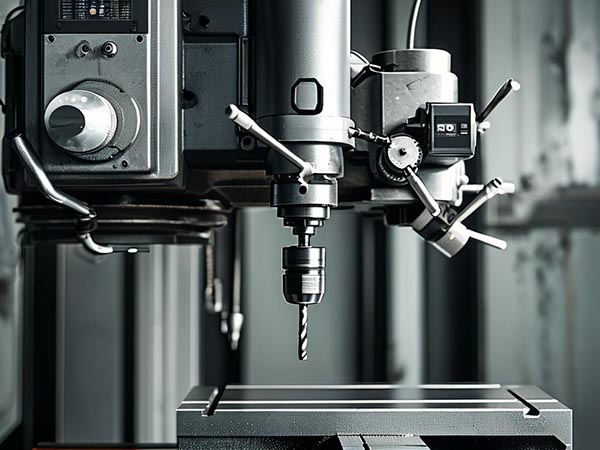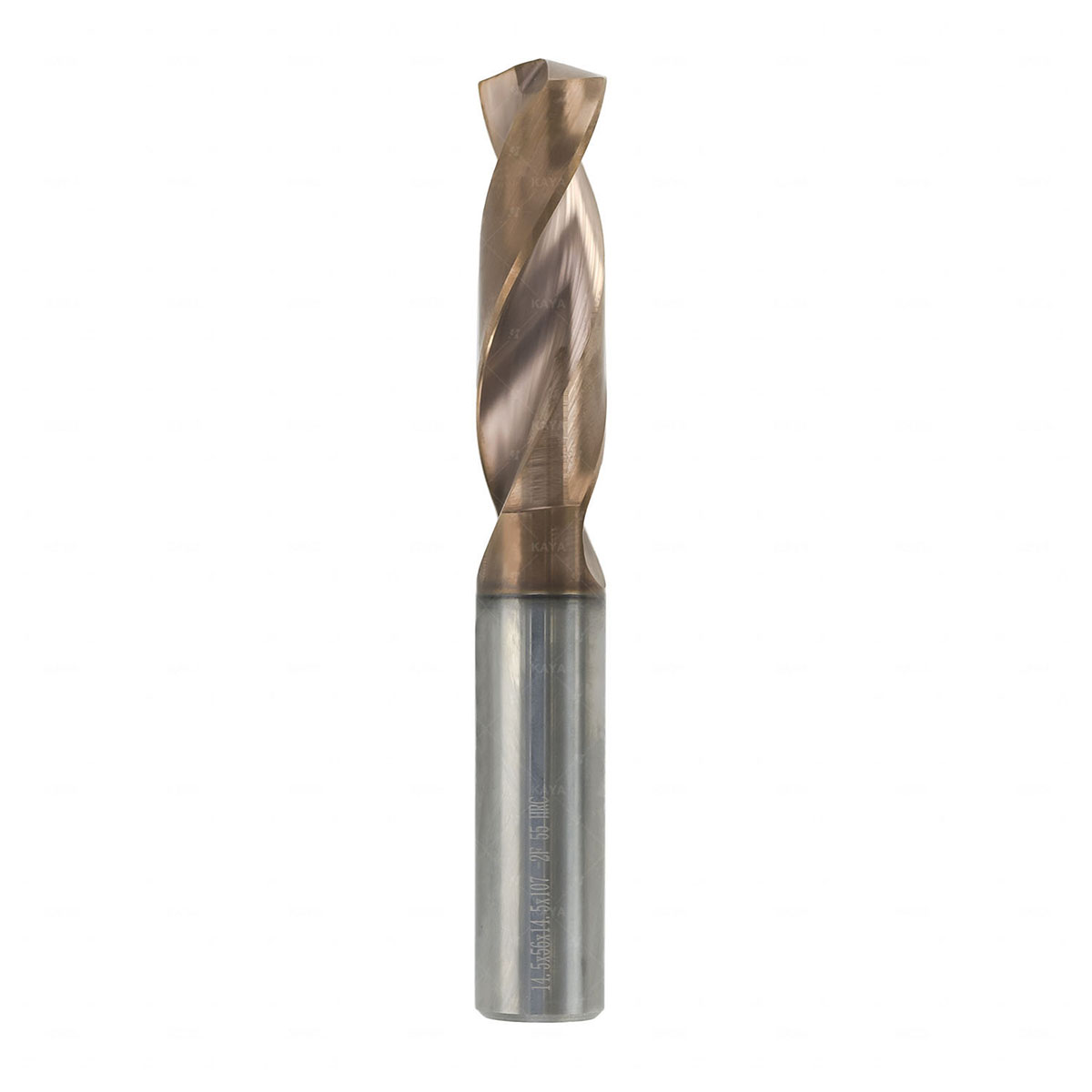
Drill Bits and Laser Drilling: Complementary Tools, Not Competitors in Manufacturing
In the arena of precision manufacturing, the perceived rivalry between drill bits and laser drilling is often misinterpreted as a life-or-death showdown between tradition and modernity. While ultrafast lasers penetrate aerospace-grade aluminum with microsecond pulses, nano-coated drill bits are carving submicron flow channels on nuclear valve sealing surfaces. In reality, these two technologies are not mutually exclusive contenders but rather the natural result of diverging application demands. On offshore drilling platforms operating under extreme conditions, carbide drills maintain stable performance despite salt spray corrosion. Meanwhile, on consumer electronics production lines, lasers are reshaping the tempo of manufacturing with throughput measured in thousands of holes per minute. Beneath this technological tug-of-war lies a fundamental dialogue between physical cutting and photonic energy.
Conventional drill bits, driven by mechanical cutting principles, excel in thick-material applications. When facing alloy steel plates thicker than 20mm, lasers require multiple passes to penetrate, whereas carbide drills can complete the hole in a single pass via layered cutting. In heavy machinery workshops, operators prefer CNC drill presses for their real-time parameter adjustments over laser systems that demand complex programming.
Lasers, on the other hand, shine in ultra-thin materials. For components thinner than 0.5mm, laser beams enable non-contact drilling, eliminating the risk of deformation caused by mechanical stress. However, their advantage wanes with highly reflective metals like copper and aluminum, where significant energy is lost. In such cases, physical drilling proves to be more cost-effective.

Mechanical drilling boasts up to 85% energy conversion efficiency, with cutting forces acting directly on the material’s lattice structure. In contrast, only 30–40% of laser light is converted into effective machining energy—the rest is lost as heat. This disparity becomes critical in high-thermal-conductivity materials: while copper alloys can absorb up to 50% of laser energy without effect, optimized helix angles on drill bits can reduce cutting heat by 40%.
In titanium alloy machining, the instant 3000°C heat from lasers forms a 50μm heat-affected zone (HAZ), altering the material’s microstructure. Multi-layer coated carbide drills (e.g., TiAlN + AlCrN) keep cutting temperatures below 800°C, preserving mechanical integrity. In tests on Boeing 787 keel beams, drilled components showed 27% higher fatigue strength than laser-processed ones.
Switzerland’s Bumotec S191 drilling center achieves ±1.5μm positional accuracy for micro-holes as small as 0.3mm, thanks to its air-bearing spindle technology. Germany’s ROFIN short-pulse laser systems have broken physical barriers in 0.1mm micro-hole fabrication, yet still struggle to reach Ra 0.8μm surface roughness—short of drilling's Ra 0.2μm benchmark.
In a five-year analysis on automotive gearbox housing production:
| Cost Item | Drilling Process | Laser Process | Technical Notes |
|---|---|---|---|
| Equipment Depreciation | ¥1.2 million | ¥5.8 million | Laser includes optics and gas systems |
| Energy Consumption | ¥180,000 | ¥950,000 | Includes cooling system overhead |
| Consumables Replacement | ¥300,000 | ¥2.2 million | Laser optics/nozzles degrade 7x faster than tools |
| Scrap Rate | 0.7% | 1.8% | Laser thermal distortion causes hidden rejects |
The total cost difference reaches 3.2x—explaining why Volkswagen’s MQB platform still favors mechanical drilling.
Laser systems require 8 hours of monthly downtime for beam path calibration, leading to ¥450,000 in annual productivity loss. Smart drilling solutions equipped with tool condition monitoring enable on-the-fly tool changes. A 3C electronics firm saw its overall equipment effectiveness (OEE) rise from 73% to 89% after adopting tool IoT systems.
In 5G base station heat sink production, combining laser-guided pilot holes with precision drilling increased efficiency by 40% and raised material utilization from 82% to 95%—adding ¥1.7 in marginal profit per unit.
On South China Sea oil platforms, HSS-E drill bits maintain a 200-hole lifespan despite corrosive salt fog, while laser systems frequently trip alarms in high humidity—defining the "no-go zones" of offshore laser machining.
| Material Type | Recommended Process | Key Metric | Technical Rationale |
|---|---|---|---|
| Carbon Fiber Composites | Diamond-Coated Drills | Layer Separation < 10% | Reduces interlayer shear via low-friction coating |
| High-Silicon Aluminum | Femtosecond Laser | HAZ < 5μm | Ultrafast pulses avoid thermal diffusion |
| Invar Alloy | Carbide Drill Bit | Dimensional Stability ±2μm | Maintains consistent thermal expansion |
This model has increased satellite component yield rates by 18%.
When a medical device OEM requested 0.15mm custom-shaped holes, a trihedral-tip drill design ground on a nano-precision grinder cut processing costs to one-fifth of the laser alternative—showcasing physical drilling’s core strength: rapid adaptation.
Adaptive systems based on digital twins are emerging. Sandvik’s CoroDrill 860 series dynamically adjusts feed rates based on real-time cutting force monitoring—extending tool life by 300% in cast iron machining. Intelligence is helping drills transcend traditional limits.
Ultrafast lasers with sub-10 picosecond pulses enable "cold" processing, minimizing thermal damage. Although five times more expensive than standard lasers, they are gradually replacing mechanical drilling in luxury watch gear manufacturing—though batch volumes remain under 1,000 per month.
At BMW’s Leipzig plant, laser drilling and precision drilling are integrated on the same workstation. This hybrid process—"laser-guided + drill-finished"—has shaved 22 seconds off engine cylinder head cycle times, hinting at the future of merged machining strategies.
The apparent competition between drill bits and laser drilling reveals a central truth: the value of manufacturing technology lies not in its absolute advancement but in its contextual fit. In aerospace, mechanical drilling preserves lattice integrity. In microelectronics, laser prevents deformation through contactless precision. The trend is clear—deep integration. Hybrid approaches such as laser-pilot + precision drill finishing have already proven their merit in automotive applications. The true edge lies in building a process matrix that flexibly integrates both technologies, dynamically deployed according to material, cost, and environment—forming a manufacturing system that is resilient, agile, and future-ready.

 We like to do design according to all the customers' requirements, or offer them our new designs. With strong OEM/ODM capabilities, we can fill your sourcing demands.
We like to do design according to all the customers' requirements, or offer them our new designs. With strong OEM/ODM capabilities, we can fill your sourcing demands.